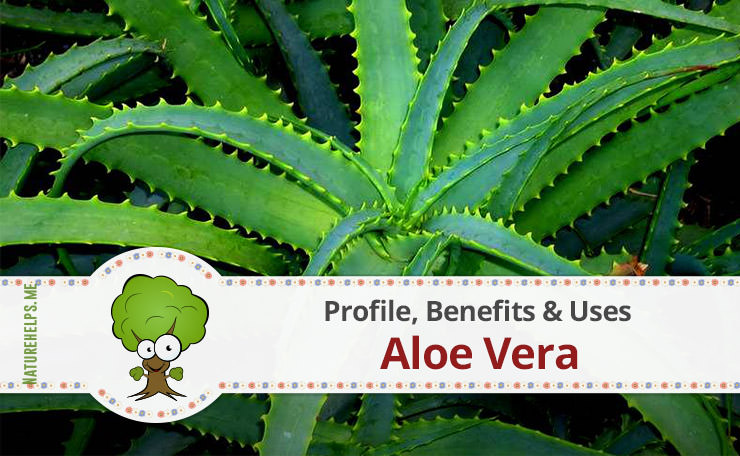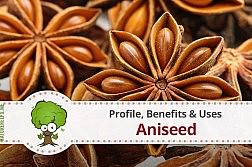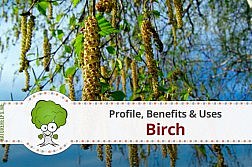Aloe vera is a popular medicinal plant that has been used for thousands of years. It is best known for treating skin injuries, such as burns and sores, but may also have several other therapeutic properties.
The aloe vera plant is about one or two feet tall with prickly and bitter leaves, which act as a defence to keep animals and insects from feeding on the plant. The leaves hold a gooey translucent gel, also extremely bitter, and known all over the world for it’s unbelievable healing properties. This translucent gel is made up of around 96% water, some organic and inorganic compounds, a type of protein which contains 18 of the 20 amino acids found in the body and lastly, Vitamin A, B, C and E. Another part of the aloe vera plant which is used is the ‘sap’, a yellow-coloured liquid stuck to the skin of the plant from the inside. When dried and purified, the powdered aloe is often used as a laxative, though it’s effectiveness is questionable.
One of the most crucial elements found in aloe vera gel is a complex carbohydrate known as acemannan. It allows nutrients to reach the cells, nourish them and at the same time relieve them of toxins. Ayurveda, Chinese herbal medicine and British herbal medicine have all advocated aloe vera as a healer, when applied or consumed orally.
Aloe tree have laxative effect and known for its strong anti-inflammatory properties. It can improve digestion and appetite.
Aloe tree has a bacteriostatic effect for many groups of microbes: diphtheria, streptococcus, staphylococcus, dysentery and typhoid sticks.
Scientific medicine has proved effectiveness of aloe against such diseases and health problems as gastric and duodenal ulcers, asthma, insomnia, gastritis, ringworm, scabies, habitual constipation, absence of menstruation.
Why Aloe Juice is so Beneficial?
Aloe tincture: take aloe juice and pour it with medical alcohol, in a ratio of 4: 1. Keep refrigerated. Apply it is possible, in many cases, as fresh juice.
Plant cells under adverse conditions begin to produce biogenic stimulants that actively enhance the vital processes in human tissues. Aloe is very effective for the treatment of eye problems, circulatory disorders, bedsores. It can treat stomach and duodenal ulcers, bronchial asthma, chronic gastritis and other diseases.
It is better to use aloe juice immediately after squeezing as it can loose its healing properties very quickly.
- Aloe to treat skin diseases: eczema, septic wounds, herpes, trophic ulcers, burns, cuts, skin tuberculosis, radiation dermatitis – it is recommended to apply compresses with aloe juice. Peeled leaves of aloe can be applied to the wounds.
- To eliminate acne with oily skin – wipe your face with fresh aloe juice.
- To prevent rhinitis with aloe– 2-3 drops of fresh juice instilled into each nostril. Repeat such procedure during the day.
- Conjunctivitis, cataract – dilute aloe juice with warm water (ratio of 1:10). Drop this liquid into each eye.
- Gastric ulcer, chronic diseases of the gallbladder and liver, gastritis, to improve appetite and protective properties of the body, with a tendency to constipation – it is recommended to drink 1 teaspoon of aloe juice 3 times a day before meals.
- Herpes treatment with aloe vera: take juice inside (1 tsp. 2 times a day before meals).
- Aloe Vera to Reduce Sunburns. Aloe vera is most commonly used as a topical medication, rubbed onto the skin rather than eaten. It has long been known as a treatment for sores, particularly burns, including sunburns.
- Aloe Vera for Diabetes. Aloe vera has sometimes been used as a traditional diabetes remedy. It is said to enhance insulin sensitivity and help improve blood sugar management.
- Hair Loss Treatment with Aloe. Aloe vera contains something called proteolytic enzymes which repairs dead skin cells on the scalp. It also acts as a great conditioner and leaves your hair all smooth and shiny. It promotes hair growth, prevents itching on the scalp, reduces dandruff and conditions your hair.




